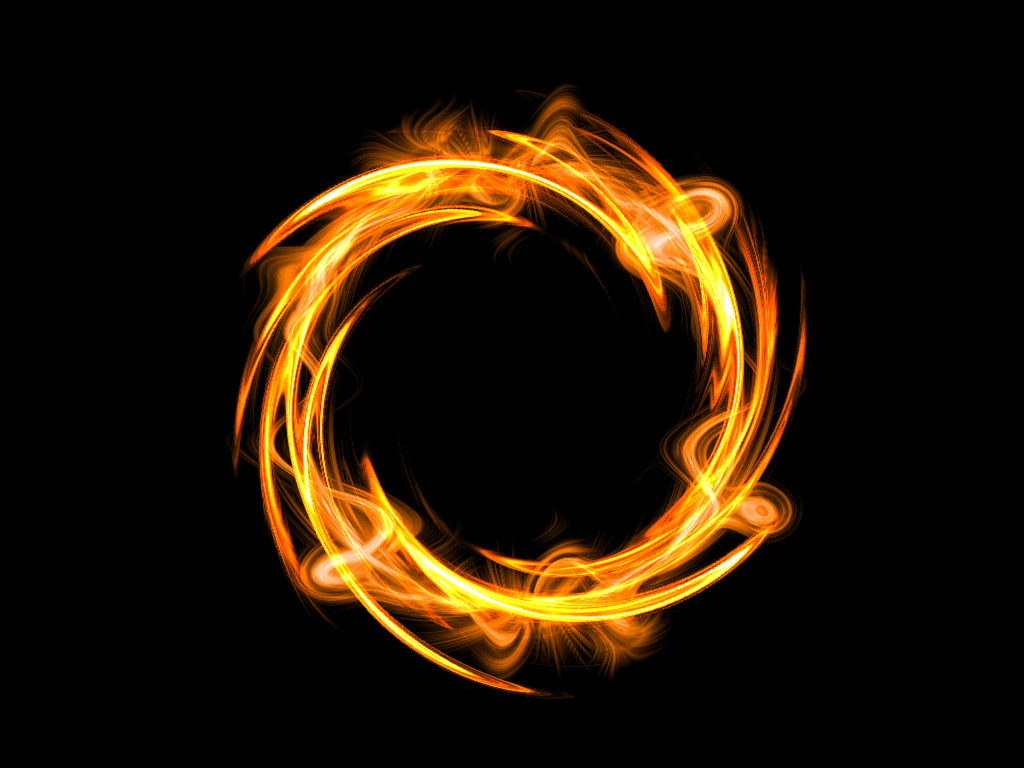
Lavas at the Ring of Fire's stratovolcanoes are mainly andesite and basaltic andesite but dacite, rhyolite, basalt and some other rarer types also occur. Mount St Helens), which are formed by explosive eruptions of tephra, alternating with effusive eruptions of lava flows. Many of these subaerial volcanoes are stratovolcanoes (e.g. Most of Earth's active volcanoes with summits above sea level are located in the Ring of Fire.

The Ring of Fire has existed for more than 35 million years but subduction has existed for much longer in some parts of the Ring of Fire. īeside and among the currently active and dormant volcanoes of the Ring of Fire are belts of older extinct volcanoes, which were formed long ago by subduction in the same way as the currently active and dormant volcanoes the extinct volcanoes last erupted many thousands or millions of years ago. More than 350 of the Ring of Fire's volcanoes have been active in historical times. The four largest volcanic eruptions on Earth in the Holocene epoch all occurred at volcanoes in the Ring of Fire. The Ring of Fire contains approximately 750–915 volcanoes (about two-thirds of the world's total) that have been active during the Holocene. Volcanic eruptions and earthquakes in each part of the Ring of Fire occur independently of eruptions and earthquakes in the other parts of the Ring. The Ring of Fire is not a single geological structure.

Consumption of oceanic lithosphere at these convergent plate boundaries has formed oceanic trenches, volcanic arcs, back-arc basins and volcanic belts.
#Rinh of fire series#
The collisions have created a nearly continuous series of subduction zones, where volcanoes are created and earthquakes occur. the Pacific Plate) under and around the Pacific Ocean. The Ring of Fire is a direct result of plate tectonics: specifically the movement, collision and destruction of lithospheric plates (e.g. Although there is consensus among geologists about almost all areas which are included in the Ring of Fire, they disagree about the inclusion or exclusion of a few areas, for example, the Antarctic Peninsula and western Indonesia. The Ring of Fire includes the Pacific coasts of South America, North America and Kamchatka, and some islands in the western Pacific Ocean.

The Ring of Fire is a horseshoe-shaped belt about 40,000 km (25,000 mi) long and up to about 500 km (310 mi) wide. The Ring of Fire (also known as the Pacific Ring of Fire, the Rim of Fire, the Girdle of Fire or the Circum-Pacific belt) is a region around much of the rim of the Pacific Ocean where many volcanic eruptions and earthquakes occur.


 0 kommentar(er)
0 kommentar(er)
